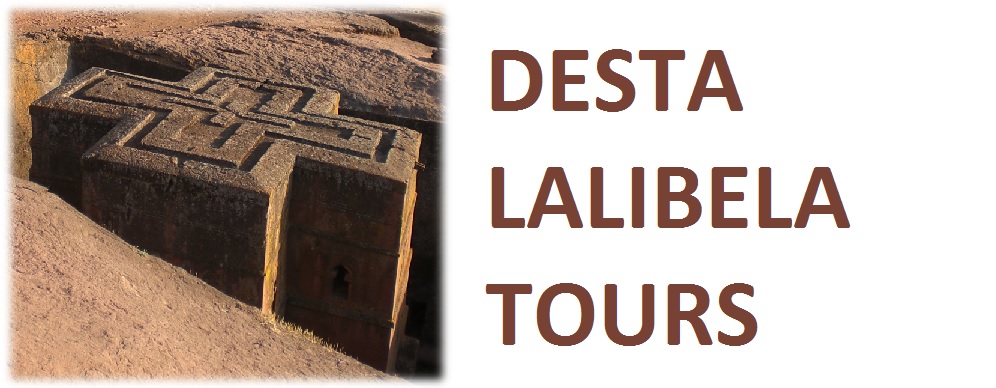The Rift Valley
Less than 180 km from Addis Ababa is a cluster of Rift Valley lakes: Lake Ziway, Lake Abiata, Lake Shala and Lake Langano. While they’re all known as havens for bird-watching, only Lake Langano has the double benefit of being safe for swimming (bilharzia and crocodile free), The volcanic Lake Shala, part of Lake Abiata-Shala National Park (admission per 48hr: Birr50), is easily the most attractive, with trails leading to lookouts.Awasa, southern Ethiopia’s largest city, is 100km further south and sits on the shores of attractive Lake Awasa. With plenty of facilities, a great fish market and row boats to boot; Awasa is a great place to stop.
The wildest and most attractive of southern Ethiopia’s lakes must be Lake Abaya and Lake Chamo. They are ringed by savannah plains, loaded with crocodiles and divided by the ‘Bridge of God’, which hosts Ethiopia’s best safari opportunity, Nechisar National Park, as well as the infamous crocodile market.




Omo Valley tribes
Geographically, the Omo Valley is located in the southernmost region of the Rift Valley, or southeastern Ethiopia.
The lower Omo Valley is home to a varied and astonishing mixture of tribal groups with different life styles. Their colourful markets and impressive ceremonial festivals welcome visitors and fill them with a sense of discovery.
Within the Omo Valley there are around 46 ethnic groups. Most of them live a primitive way of life (near to nature) and practice different ceremonies and festivals. Included are Hamer, Mursi, Benna, Ari, Karo, Daasanech, Bume, Body, Tsemay, Konso, Borenna, and Dorze peoples. All of them are semi-pastoral and semi-agricultural, and many are animist.
Their social structure is Ethno-centric, ruled by a clan leader, and their way of life is communal, the land is not owned by individuals. It is free for cultivation and grazing, just like fruit and berries are free for whoever collects them. Their lives are dependent on herds of animals more than cultivation.
Almost all the Omo Valley peoples have different rituals and customs: festivals and ceremonies as well as body decoration, colorful dressing styles, hair styles, tattoos, lip plates and ear plates vary with the tribal group.
The most significant ceremonies are the Hamer peoples bull jumping ceremony, Evangadi dancing, the Surmma peoples dunga stick-fighting and wedding ceremonies.
The market in the lower Omo Valley is very colourful and interesting for visitors.
